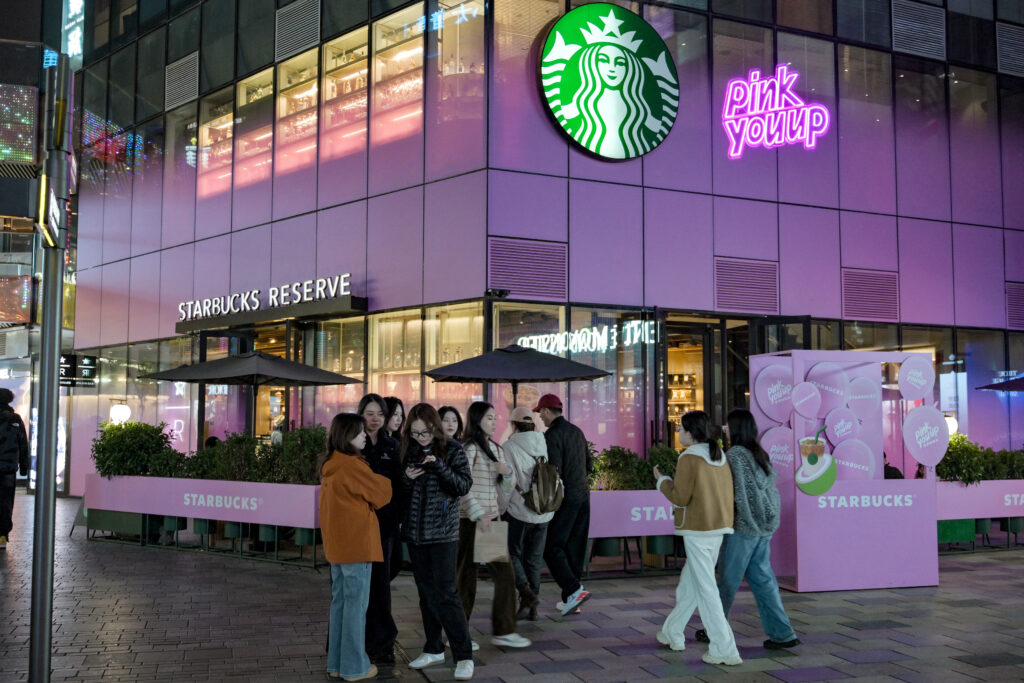Stocks drop as traders assess tech rally
Stock markets fell Tuesday as investors weighed the recent tech rally on Wall Street against growing fears of an AI bubble and concerns over the US interest-rate outlook.A flood of multi-billion-dollar investment into artificial intelligence has been a key driver of the surge in mostly technology equities across the globe this year, sending valuations to record highs.But there is increasing talk that tech-led gains may have gone too far and a painful correction could be on the way.”Wall Street CEOs have also put investors on notice for a correction in the next 1-2 years,” said Kathleen Brooks, research director at trading group XTB.”It seems like the investment community has taken heed of this message,” she added.Paris and Frankfurt stock markets shed more than one percent in midday trading Tuesday, while London slipped 0.7 percent.The British pound retreated against the dollar after finance minister Rachel Reeves hinted at tax rises in a pre-budget speech.That tracked a weak day in Asia, with Tokyo, Hong Kong and Shanghai stocks falling.Wall Street ended on a mixed note Monday, after tech stocks won a boost from ChatGPT-maker OpenAI signing a $38 billion deal with Amazon’s AWS cloud computing arm.”Some skeptics continued to raise their eyebrows, concerned by the circularity of these deals,” said Ipek Ozkardeskaya, senior analyst at Swissquote bank.Cautious remarks from US Federal Reserve officials did little to provide support for further buying after the central bank’s chief, Jerome Powell, indicated last week that a third rate cut this year was not definite.Data on Monday indicated some further weakness in the US economy, with a key gauge of activity in the manufacturing sector contracting more than expected and for an eighth straight month in October as demand and output weakened.On currency markets, India’s rupee rallied from close to a record low against the dollar after the Reserve Bank of India stepped in with support, according to Bloomberg News. The unit briefly jumped to 88.3925 against the greenback, after sitting close to its all-time low on Monday.India’s rupee has come under pressure of late owing to worries about exports as New Delhi struggles to strike a trade deal with the United States.In company news, shares in British energy giant BP were down 0.4 percent after a drop in oil prices on Tuesday overshadowed its strong earnings report.Crude prices shed around 1.5 percent as the market anticipated oversupply.- Key figures at around 1115 GMT -London – FTSE 100: DOWN 0.7 percent at 9,630.90 pointsParis – CAC 40: DOWN 1.2 percent at 8,009.26Frankfurt – DAX: DOWN 1.4 percent at 23,798.38Tokyo – Nikkei 225: DOWN 1.7 percent at 51,497.20 (close)Hong Kong – Hang Seng Index: DOWN 0.8 percent at 25,952.40 (close)Shanghai – Composite: DOWN 0.4 percent at 3,960.19 (close)New York – Dow: DOWN 0.5 percent at 47,336.68 (close)Euro/dollar: DOWN at $1.1504 from $1.1518 on MondayPound/dollar: DOWN at $1.3071 from $1.3138Dollar/yen: DOWN at 153.48 yen from 154.20 yenEuro/pound: UP at 88.02 pence from 87.67 penceWest Texas Intermediate: DOWN 1.6 percent at $60.07 per barrelBrent North Sea Crude: DOWN 1.4 percent at $64.00 per barrel






